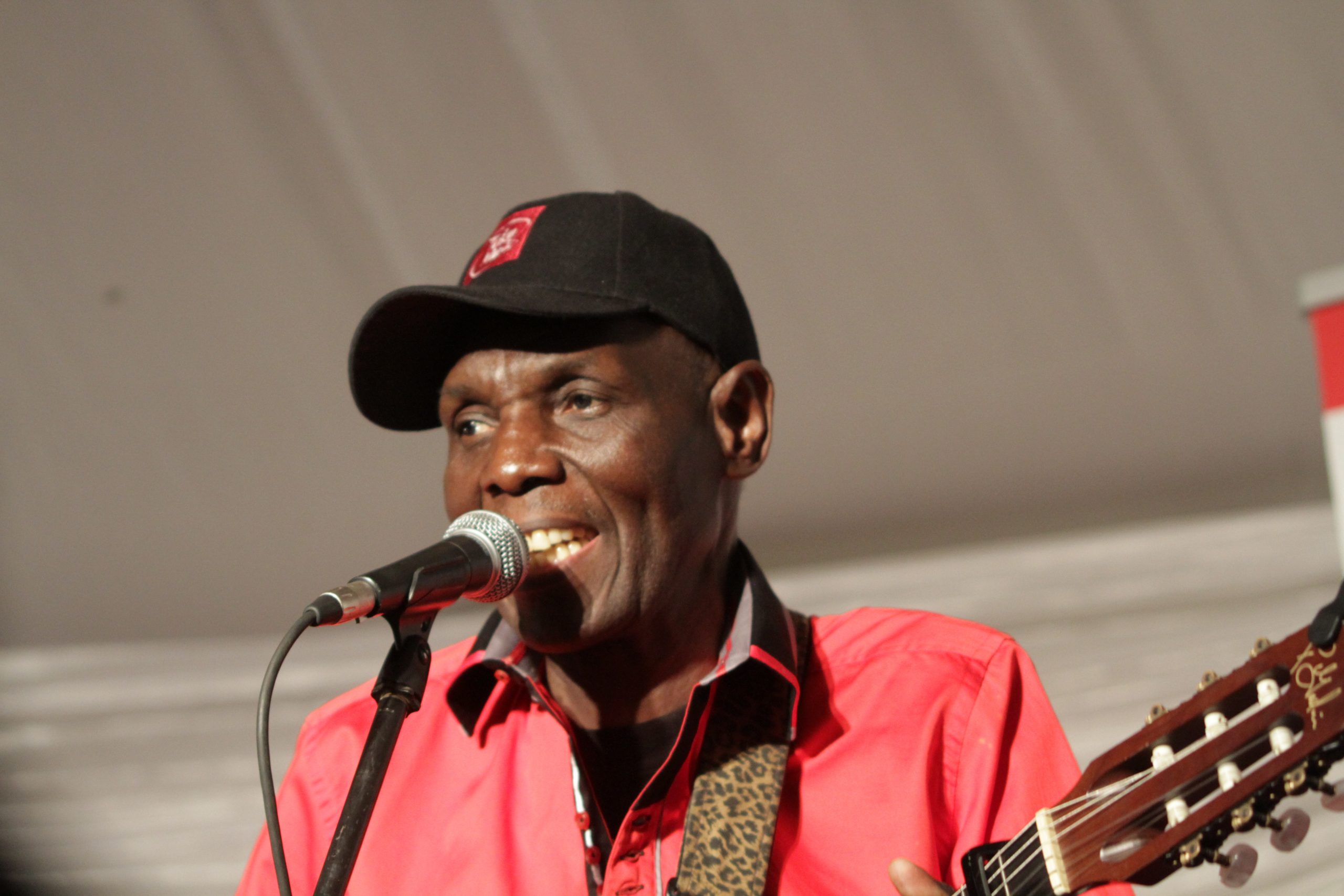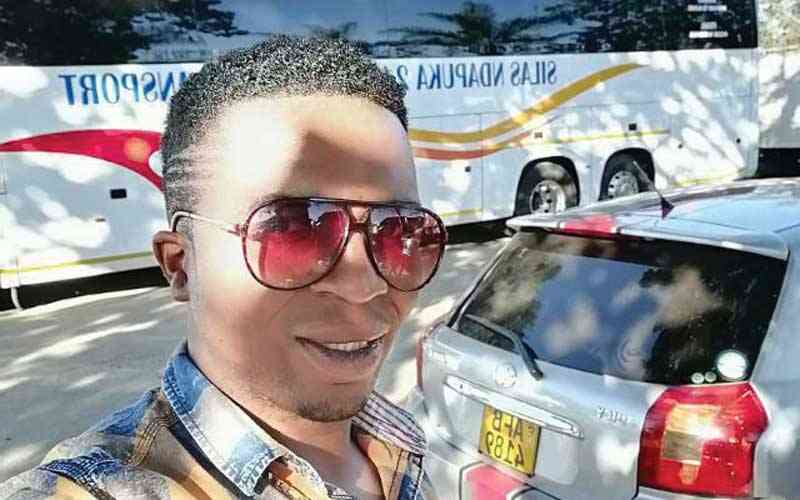
Fred Zindi
It started with the late Dumisani Maraire who had visited Fredrikstaad Cultural School in Norway to show them how to play mbira. He advised the children to one day visit the Zimbabwe College of Music if they wanted to learn more.
In 2007, I was board chairman and teacher at the Zimbabwe College of Music. During the same year, I was approached by three Europeans who had come from Norway, namely Wilhelm Dahl, Per Skoglun and Koen Schyvens.
They had a proposal on the possibility of a collaboration between the Zimbabwean and Norwegian cultures through music and dance, to which they wanted a quick response as they were in Zimbabwe for only two days.
I could not give them an immediate answer as I had to consult my board first. I told them that I would respond in writing within a week. We exchanged contact details.
A week later, after a lengthy meeting, the board agreed that it would be a good idea to forge ahead with the collaboration. I contacted Dahl who was the leader of the Norwegian group to inform him of the good news.
Part of the deal was that a donation of US$25 000 would be made to the Zimbabwe College of Music to purchase equipment that might be needed for the smooth running of the project.
Umoja Cultural Flying Carpet (CFC), as the programme was referred to, was the brainchild of Dahl and the Norwegian National Organisation of Cultural Schools, NorskKulturskolerad. Around 2002, as director of the Cultural Schools Organisation and after talking to Maraire, Dahl felt there was something missing in the Schools Arts programmes.
- Chamisa under fire over US$120K donation
- Mavhunga puts DeMbare into Chibuku quarterfinals
- Pension funds bet on Cabora Bassa oilfields
- Councils defy govt fire tender directive
Keep Reading
He devised a project integrating positive Art and Cultural energy, into the everyday school environment.
What began as a small pilot project developed into a national programme and in no time at all, the programme was effected into all of the Norwegian primary and secondary schools. Dahl decided to approach the ministry of Foreign Affairs in Norway seeking permission and a grant to implement this programme in Africa.
The ministry agreed and a huge amount of money was given as a grant for this project. He, together with colleagues Skoglun and Schyvens, went to Mozambique, South Africa and Zimbabwe to find out how they would effectively establish the Umoja project.
They looked for popular artistes whom they thought would be taken seriously by their communities if incorporated into the project. Miriam Makeba became the patron of the Umoja project in South Africa and after her death, Ray Phiri took over.
Malangatana, a famous artist, was chosen as the Mozambican patron while in Zimbabwe Oliver Mtukudzi became the patron.
It took a lot of persuasion to get Mtukudzi to understand and agree to become the Zimbabwean patron. As a matter of fact, I took him to dinner at two Chinese restaurants with Watson Chidzomba, his Pakare Paye Arts Centre manager, on two occasions before he finally agreed. One of the conditions Tuku put forward was the inclusion of the youngsters whom he was nurturing at Pakare Paye to participate in the project. I agreed.
However, because many of them did not have passports, we ended up with only two, Donald Kanyuchi and Munyaradzi Mataruse.
The Umoja participants would visit each of the four countries in rotation each year to showcase the different cultures in their countries.
The project also took the patrons to the four countries (Mozambique, South Africa, Zimbabwe and Norway) where they would also give performances while at the same time nurturing youngsters who were recruited from schools and colleges to participate in music and dance activities.
At the Zimbabwe College of Music, college staffers Chris Timbe, Clayton Ndlovu, Rumbidzai Chipendo and two board members Stephen Chifunyise and myself advertised the Umoja project giving information on how it would assist in the cultural development of young people below the age of 30.
We asked all interested youngsters to come and audition one Saturday afternoon. We were overwhelmed as 157 participants arrived, some from as far as Bulawayo. These included Novuyo Seagirl Dube, her twin sister Nomvuyo Dube, Tsitsi Tizora, Silent Nqo, Thelma Chibanda, Deon Picardo, Onai Mutizwa, Tiffany Mhuka, Farai Kuzvidza, Ndomupei Chipendo, Hope Masike, Nyasha Timbe, Vimbai Zimuto, Thanda Far Richardson, Theresa Muteta, Arnold Chisandure, Courage Chikowo, Eve Kawadza, Rutendo Machiridza, Munyaradzi Mataruse, Elisha Herema, Blessing Rukweza, Donald Kanyuchi, Charles Chipanga, Raymond Tatenda, Othnell Mangoma Moyo, Osborne Matengenzara, Blessing Chimanga and Tapuwanashe Munyayi.
There were many more, but the project could only absorb 25 participants from each country each year. Thirty-two participants did not even have passports although that was one of the conditions on the advert.
After three weeks of rehearsals among the chosen participants, we were ready to embark on our first two- week trip to Maputo. With permission from ZBC’s Susan Makore, we invited a cameraman, Vitalis Jeremiah, and his production manager, Clifford Mfiri, to capture the events in Maputo.
Most of the youngsters had never travelled outside Zimbabwe before, let alone on an aeroplane. So many of them brought their nervous parents to the airport to witness this great departure.
I was bombarded with questions such as “Will our children get paid?” ”Where are they going to sleep?”“Will you please take care of them?” from the parents. I could tell the parents were equally excited.
Flying for the first time can be an unnerving experience without knowing what to expect, and even the smallest occurrences can be confusing or stressful.
The Umoja participants for the next two hours of the flight were all silent as the plane’s engines roared and would only be heard screaming at the slightest turbulence. One of them came to me after we had landed and asked, “Professor, how come you were so relaxed on the plane?” I told him how I was like him on my first flight but after visiting 78 countries, had gained flying experience.
That seemed to convince him, but inside I knew I was also still nervous of flying. In Maputo, we were received by Dahl, Malangatana, Rufus Maculuveand Victor Sala who had organised the Maputo Camp.
The Norwegian and South African participants had also arrived on the same day. All participants were ushered to Kaya Kwanga lodge but with each team in separate hostels.
The management teams were driven to different hotels. Chifunyise, Mtukudzi and I went to Cardoso Hotel while other managers were put up at another hotel.
The following day, while the participants were at the bootcamp, we decided to organise a boat trip for the managers to Inhaca Island. These included Chifunyise, Rumbidzai Chipendo, Mtukudzi, Per Skoglun, Victor Sala, Sy Ntuli, Hanne Dal, Lars Jegleim and Itonje Soimer. Chifunyise was nervous about being in a local ferry as he kept holding on to my hand. He did not like the sight of the sea after his near-fatal experience in Zanzibar the previous year when the overcrowded boat he was in nearly capsized. Inhaca was amazing.
The beach was out of this world. When we got to the island we started mingling with the locals who gave us a warm friendly welcome. We were made to taste every type of the 15 different specimens of fish they had assembled for us. It was absolutely divine. It felt like we were in paradise.
We returned to Maputo city that evening. Two of our Zimbabweean participants had had their cellphones stolen from the hostel in which they slept. Clayton and I decided to investigate but could not make headway. I suggested that we should leave it until a more suitable time. The cultural exchanges took place over the next 10 days with the South Africans showing us how to do their traditional vosho and gwara-gwara dance moves while the Mozambicans showcased their Marabenta dancing styles. The Norwegians did their traditional folk dance which to us, seemed like it was off-beat.
After the last night we were packed to return to Harare. At the airport, I asked all Zimbabwean participants to pile their suitcases in one corner. Clayton, Rumbi and I went through the contents of each case and we found the two missing cellphones in one of the participants’ suitcase. I won’t let the cat out of the bag, but we dismissed that chap from Umoja and also as a punishment, did not give him his per diem allowance.
The following year we went to Norway, a good 12-hour flight this time, where Thanda Richardson sang Freddy Mercury’s We Will Rock You with the hope of pleasing the white audiences.
The Umoja project also took us to South Africa in 2010, and in 2011 Zimbabwe hosted it. It expanded to Uganda in East Africa and to Ethiopia, but folded in 2014 after the funds ran dry. The three Europeans Dahl, Schyvens and Skoglum are now based in Maputo, all married to Mozambicans.
Feedback: [email protected]











